The Parosphromenus Project is a teamwork between many individuals all over the world, — of dedicated people who contribute in many ways, — as breeders, as researchers, as hobbyists, as scientists, as supporters. The Project would not excist without our many members and active people.
But to keep this together, coordinate, inspire and continually search for progress, a smaller group of dedicated people have been continually taking on responsibilities within the Project in our Steering Group, and we would like to introduce ourselves on this page.
The Parosphromenus Project November 2019
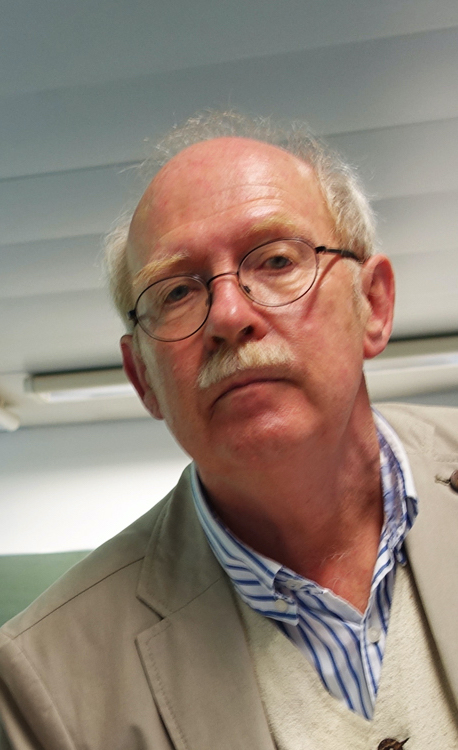
Founder and ideological leader
Proff. Dr. Peter Finke, Germany

Project Manager,
Benjamin Wilden, Germany
My name is Benjamin, but I am known as Bennie in all fish-related matters. I am a Ph.D. student in animal ecology at Bielefeld University (Germany) and work on ancient lakes around the globe. Fishes were always my favorite animals. Therefore, I started fishkeeping as a hobby at age 11 and was a member of the Parosphromenus-Project from the very start. In the project I previously worked as address coordinator and census assessor. In 2014 I traveled to Malaysia, Singapore, and Sumatra to explore Parosphromenus habitats. As a Project Manager, I am responsible for the strategy and tactics of the Parosphromenus-Project.
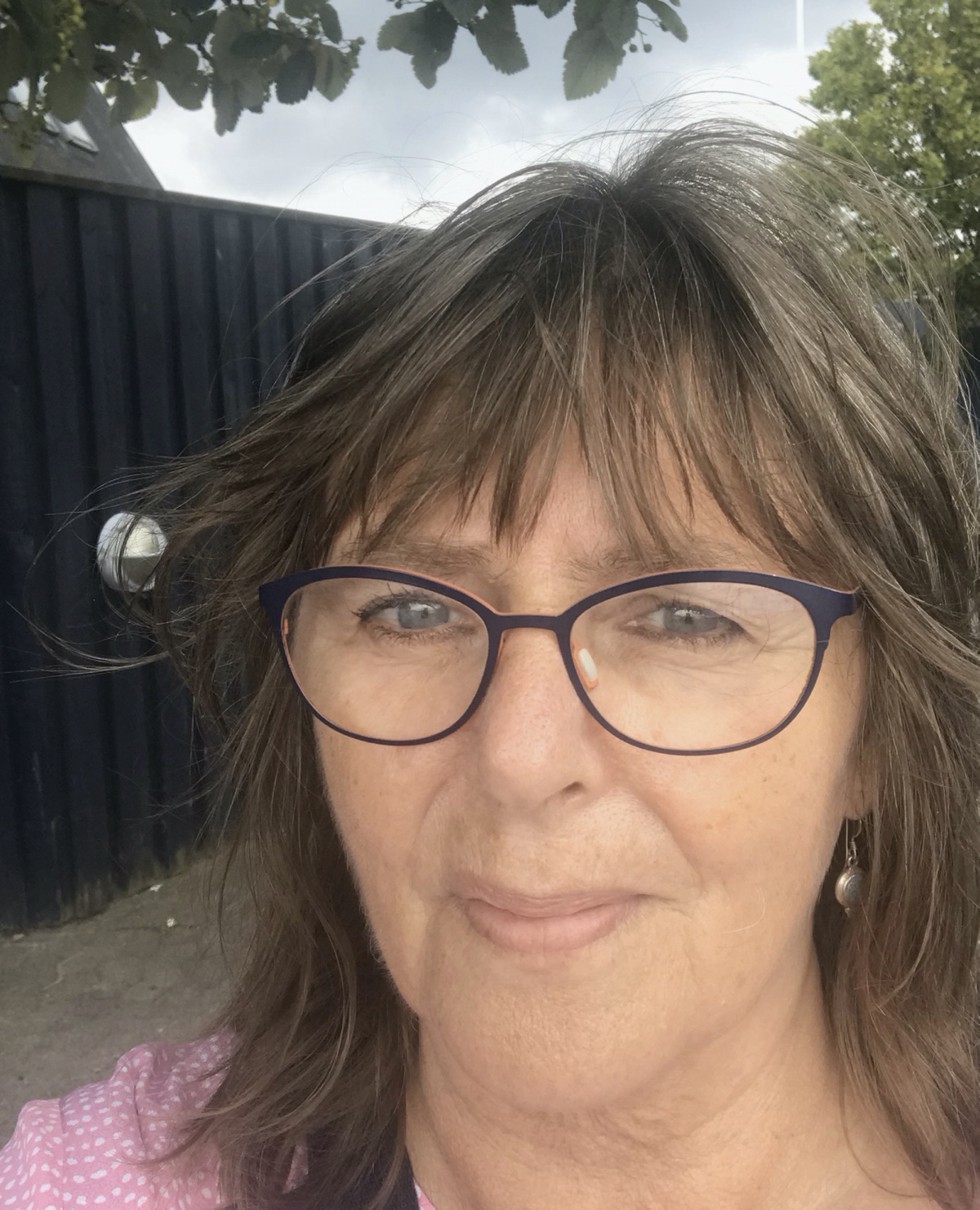
Project manager and webmaster
Helene Schoubye Johansen, Denmark
My aquatic interest started about 20 years ago, and after about 5 years or so I almost exclusively had Parosprhomenus. I was fasinated by their beauty and intriged by the level of skills needed, – and I was also slowly learning about their need for protection in nature, – in particular through Prof. Dr. Peter Finke, who reached out for all that showed an interest in Paros. I got to know Peter Finke very well, and over some years we worked very closely together to establish the homepage, as well as building the structure of the International meetings, the newsletters etc. Today I work together with Bennie in the day to day management, as Project manager. My responsibilty is everything concerning the homepage, facebook and twitter, as well as the newsletter and membership databases, – but it extends into many other activities and decisions, such as cooperations with Zoo’s and organisations.

Naturalist, Field leader
Wentian Shi, China/Germany
I have in the recent years been actively involved in the field research of the Genus Parosphromenus and other labyrinth fish and symbiotic species from Indonesia and Malaysia. In the past 4 years, I have checked almost all the habitats of the 20 scientifically described species and explored many other undescribed new species and local types with the help of my teammates (S.J.D. Team). A lot of long considered lost species and types have been rediscovered due to these efforts. One of the most important achievements is the rediscovery of the type species of genus Parosphromenus, P. deissneri, in 2017 after all known habitats are destroyed by human activities.
Now, besides the academic works, as an official collaborator of the Research Center for Biology of the Indonesia Academy of Science, I also contribute myself to the conservation projects of the habitats of these species as the Fieldwork Leader of the Parosphromenus-Project by using my field knowledges and local social network.
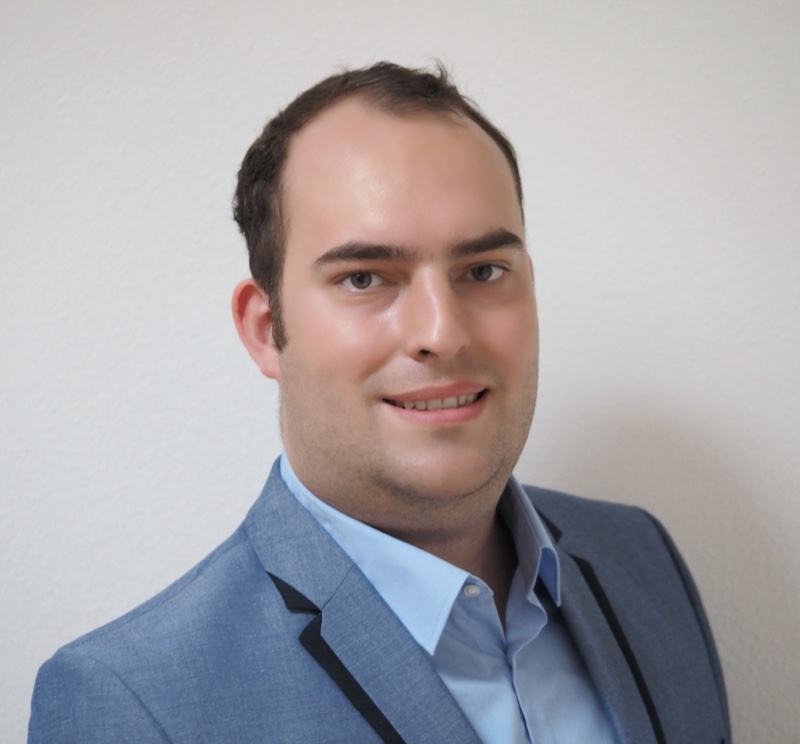
Responsibel for Census
Rafael Eggli, Basel, Switzerland
I currently pursue a Master’s degree in Nanophysics at University of Basel. My interest in fishkeeping sparked in my childhood. Reading about the Parosphromenus-Project in the german journal DATZ had me fascinated by those beautiful yet highly endangered jewels of the rainforest. However, it took several years before my first encounter with living Parosphromenus linkei, the first species I kept and bred. As part of my graduation from highschool, I analysed the progress of the project, its purpose and chances of success and wrote a small study on my findings. It was an integral part of this effort to quantify the projects achievements by reviewing and analyzing historical data from the half yearly census. Joining the first international meeting in Hamburg in 2015, I met Peter Finke and was introduced to the main part of the steering group. After DATZ published my findings, I continued to analyse the census and was asked by Peter to join the steering group. Currently only keeping Parosphromenus parvulus, I am responsible for organizing and assembling the census in order to monitor the Parosphromenus-population kept by members of the Project around the world.
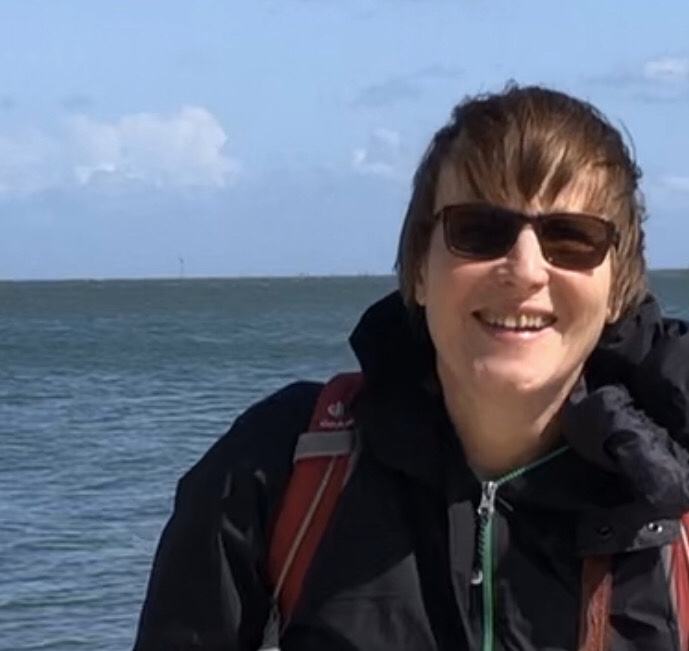
Translating
Dorothee Jöllenbeck-Pfeffel, Germany
My Name is Dorothee, I live in the south of Germany, near Freiburg. I work as a teacher for painting, drawing, sculpture, architecture and art history at school. Even early in my life I had been fascinated by good worked aquarium tanks with healthy inhabitants, and for 10 years now I have my own tanks. When I started, it was impossible to get differentiated information about the required housing conditions of different fish and other freshwater species, for example we had then the first hype about tylomelania snails from Sulawesi. Often just “I take tap water”.Looking for correct water and temperature parameters for chocolate guramis, I found the homepage of the Parosphromenus Project. Here I found the differentiated and proven parameters for black water species I had looked for. Shortly after I was able to bring my first Parosphromenus linkei on the return trip from a North Sea vacation. The offspring of these are still swimming around in one of my aquariums.
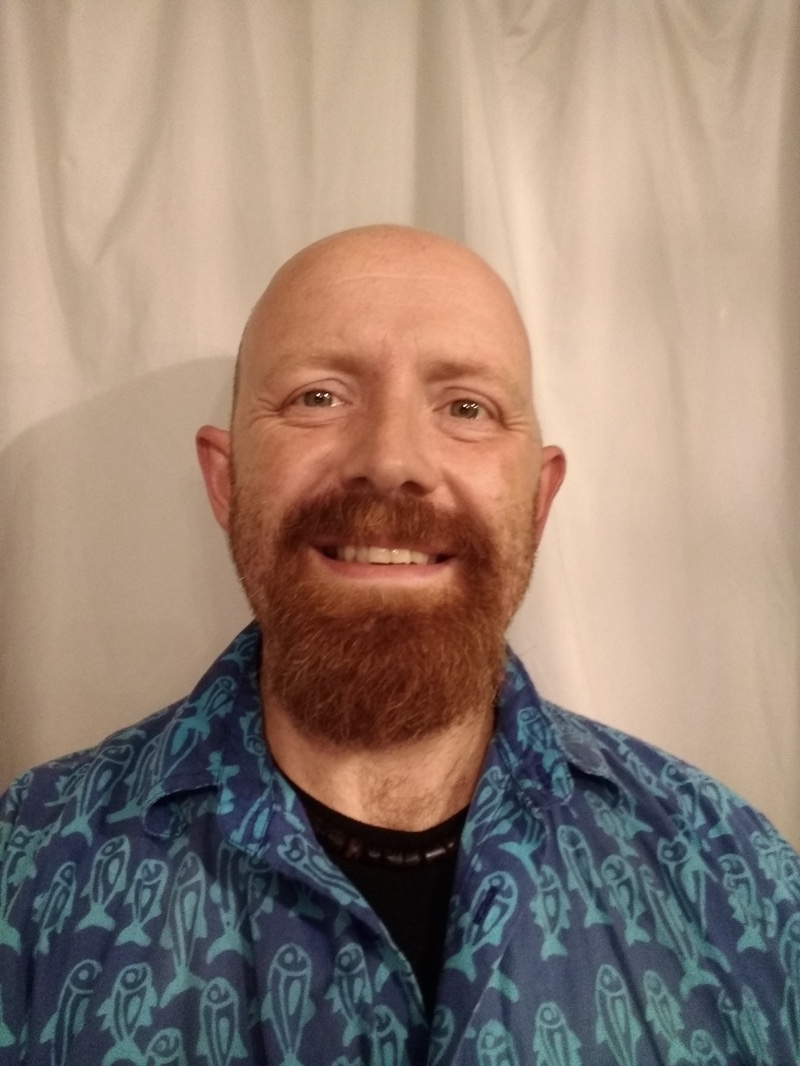
Coordinator for the US paro-community
Brian Martineau, USA
Greetings Paro-friends! I grew up in Rhode Island, USA, and from my very first memories I remember loving animals, and having a strong sense that I wanted to take care of them. Through the experience of keeping countless pets growing up, my career-track was solidified, and for nearly all of my working life, I’ve been taking care of animals!
I’ve been in love with Parosphromenus since having a chance encounter with them at a pet shop, over a decade ago, and the affair continues to this day.Although the challenges to these fish in their natural habitats is daunting, I truly believe that we, conservation-hobbyists, are an integral part of the effort to save them from extinction, and I’m committed to doing what I can to help!
My responsibilities (as the US representative for the PP) involve assisting the US Paro-community with networking, sourcing fish, and working toward more fully integrating the US community into the international Parosphromenus conservation effort!

Christian Koppitz
As an engineer for conservation and landscape planning my main interest focus networks of knowledge to solve complex global environmental problems. The “Parsphromenus Project” can be used as an interesting model for teaching a broad target group without a direct access to tropical peat lands about the dramatic consequences of habitat loss by global marked driven peat land devastation in South East Asia.
Beside general expert advice in questions of conversation the main goal of my collaboration in the Parosphromenus Project is focused on the development of concepts to utilize these fish as communication tools in different entities of education for sustainable development like natural history museums, zoos and environment centres to improve the ability to communicate problems and needs in the global biodiversity and climate crisis.
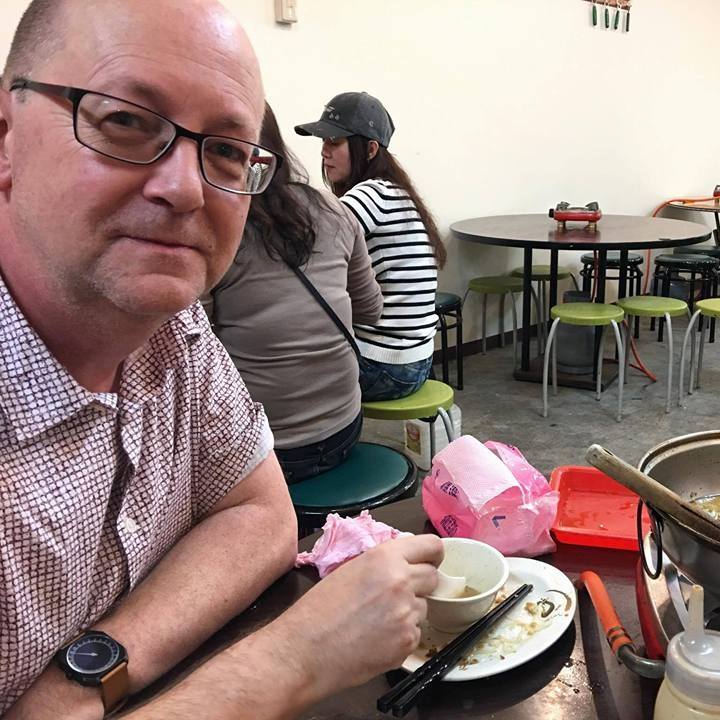
Coordinator for the UK paro-community,
Kevin Marshall, UK
My name is Kevin and I was recently described as a lifelong fishkeeper. I first discovered Parosphromenus in a local pet shop about 30 years ago and have been keeping them off and on ever since. As UK co-ordinator I look forward to promoting keeping Paros and enabling like minded aquarists in growing the Parosphromenus Project community here in the UK.
Mathias Reinecke, Germany

